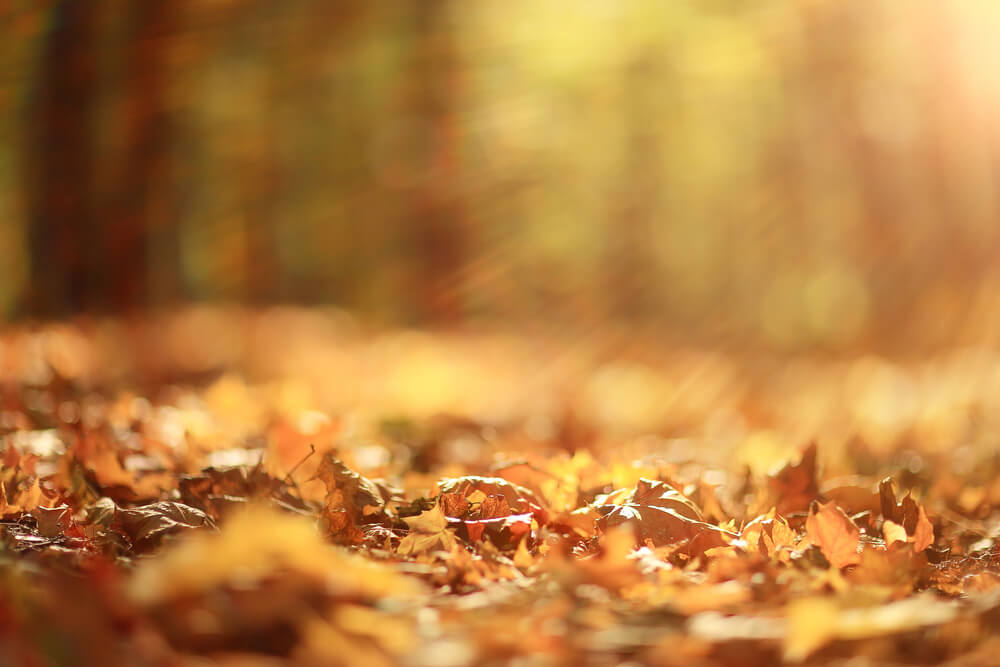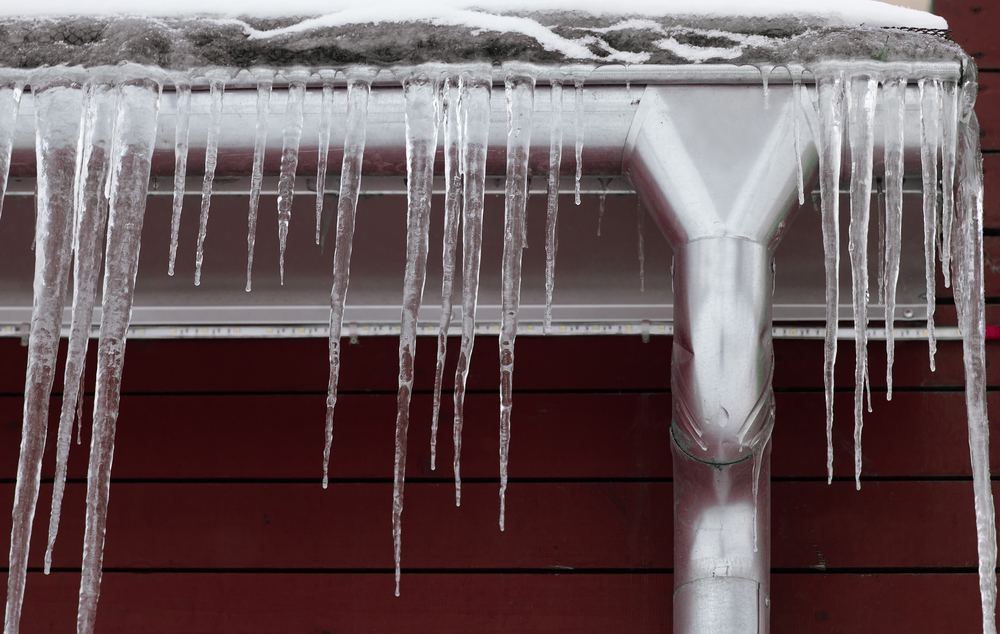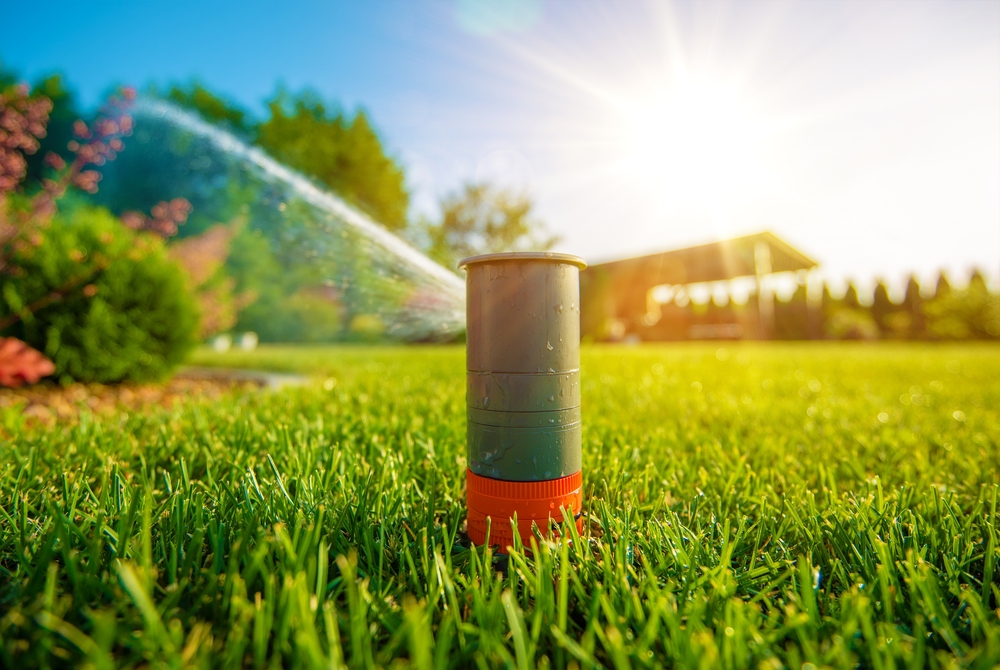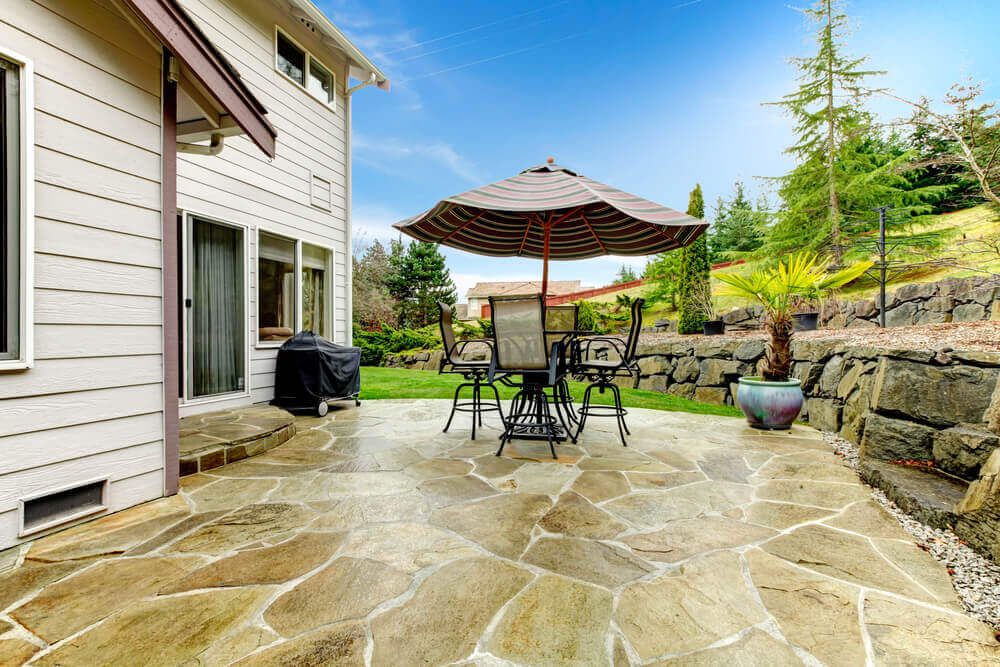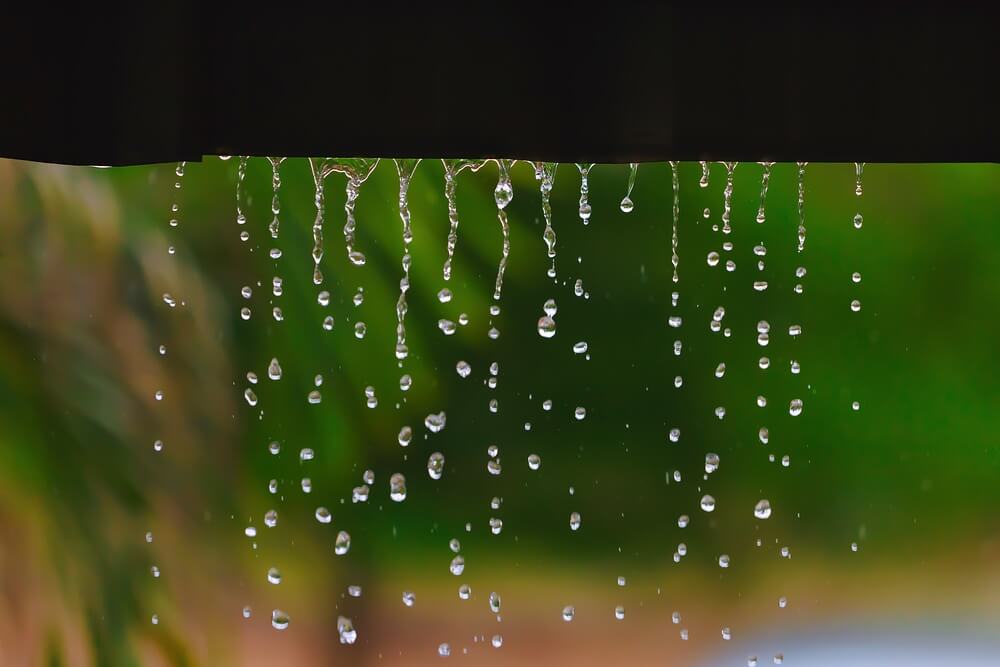Protecting Nature’s Greatest Asset: How Proper Tree Care Enhances Properties
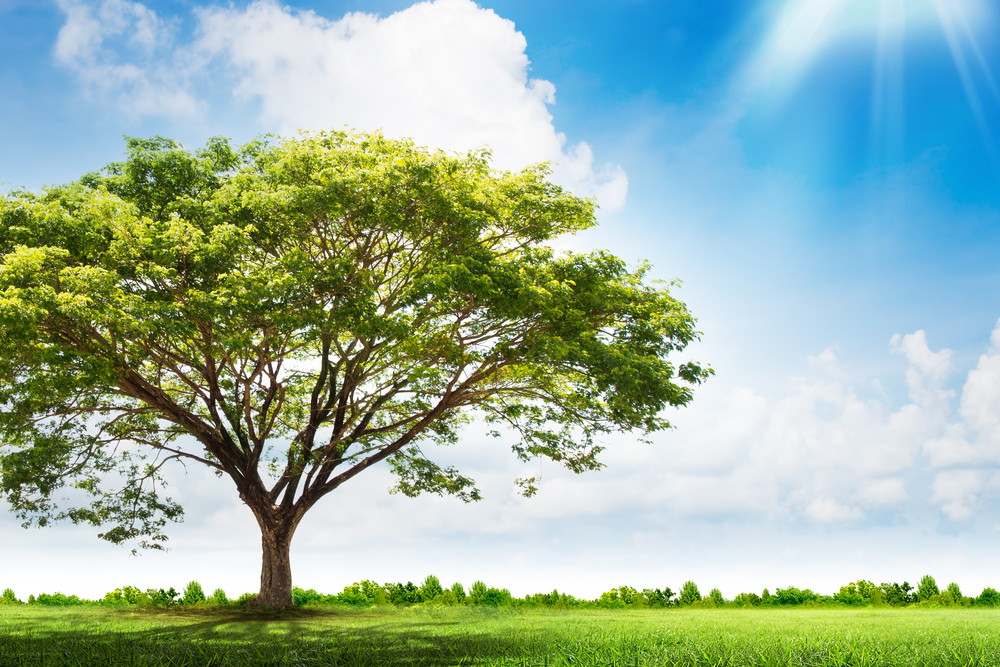
The value a tree provides to a home and neighborhood branches far beyond shade relief on a hot summer’s day. Research shows that trees help fortify not only the appearance of a community but also the physical and mental fitness of its residents.
According to The International Society of Arboriculture (ISA), trees encourage people to be more active and generally affect attitudes and behaviors. Also, neighborhoods with trees experience fewer incidents of domestic violence and are safer and more sociable, says the United States Department of Agriculture.
It’s no secret that the rental industry recognizes the value of trees, especially when it comes to curb appeal. But their well-being often is overlooked. And when an owner notices that the tree no longer appears as massive and full, many times it’s too late.
“I don’t think people have any idea what those trees are worth, especially mature trees,” says Earthworks DFW President Chris Lee. “It doesn’t take a whole lot to get to a $10,000 tree.”
Because most landscaping contracts don’t cover tree care beyond seasonal pruning, trimming and cleanup, Lee recommends that property owners and managers get in touch with the health of their trees to ensure the long-term benefit they can provide to an asset.
Tree care is a value proposition
The cost to replace a tree should be enough to encourage preventative maintenance, Lee says. As with anything else, a little tender, loving care can preserve an amenity that drives rents and occupancy versus incurring expensive replacement costs after a tree dies.
“It’s a value proposition,” Lee said. “What’s the cost to save a tree, how long will it take? Compare that to the replacement cost of a like-sized tree.”
Mature trees often mask symptoms of a problem, so it’s essential to perform visual inspections, Lee says. A mature post oak that’s been starved of water and is suffering root damage, for example, may not show signs of distress for two or three years. Only then will symptoms like discolored or droopy leaves appear.
“By then, the tree is probably going to die,” Lee said.
New development can put tree survival at risk
A big hardship on trees today is their ability to adapt to new plantings, especially in areas that are being developed on less than desirable topography. As developers race to put up housing, newly planted trees get plopped into holes dug on bedrock, caliche or pure clay that holds little hope for proper nutrients.
Without enough nutrients, the tree’s root system will struggle to adapt, Lee says. Growth will be stunted and the tree will be more susceptible to disease.
“This is where we see a lot of problems,” he said. “You drop it in a hole, and the tree will be no bigger than it is when it was planted because the roots can’t grow. They are going to sit there.”
Lee says deep-root watering and proper fertilization will help trees adjust to new conditions and become the big, tall oak that residents and landlords love.
Like people, trees need periodic checkups
Ideally, trees should have health check-ups, which can be performed by a licensed arborist or maintenance staff. Visual inspections include looking for signs of fungus, insect problems or issues with the tree’s eco system.
If a problem is suspected, Lee recommends contacting a tree professional. A number of solutions and remedies, including injectable treatments that fight disease or provide supplemental nutrients, are available.
Treatments can include fertilization, root stimulation and fungicide and insecticide applications. Systemic insecticides can either be sprayed, injected or root-drenched so that the tree actually becomes toxic so that insects are killed when ingesting leaves and bark.
Here are some signs, according to Lee, that a tree may be unhealthy.
- Discolored or wilting, droopy leaves
If a tree that should normally be green has yellow or discolored leaves, there could be a problem. Also, an unhealthy tree may show signs of distress through the appearance of veins in its leaves. Another sign of distress is if leaf structure becomes less rigid, limp or not as firm and resilient as normal. Fungal diseases contribute to leaf discoloration and distress, and can be treated if caught in time.
- Insect damage to leaves and bark
Bores can damage – and ultimately kill – many types of trees. Certain beetles and moths are the most common tree borers, and they can damage bark and limbs beyond repair. If the presence of bores is caught in time, a pesticide can be applied and the tree saved. Inspect the trunk regular for signs of holes where bores have been present.
- Unusual activity or appearances in the spring
Inconsistencies in budding or blooming during the spring may be a sign that the tree is in distress. Usually, this means that something is affecting the root structure that supports the part of the tree that doesn’t appear normal. It could also be a sign of a bigger systemic problem.
Like anything else, preventative maintenance goes a long way, says Lee.
“Tree care is something that I think gets overlooked. Typically in landscapes, mature trees are your most valuable asset. But a lot of those get left completely alone to the point they die. Some probably could have been saved with preventive treatment or getting help from an arborist.”




